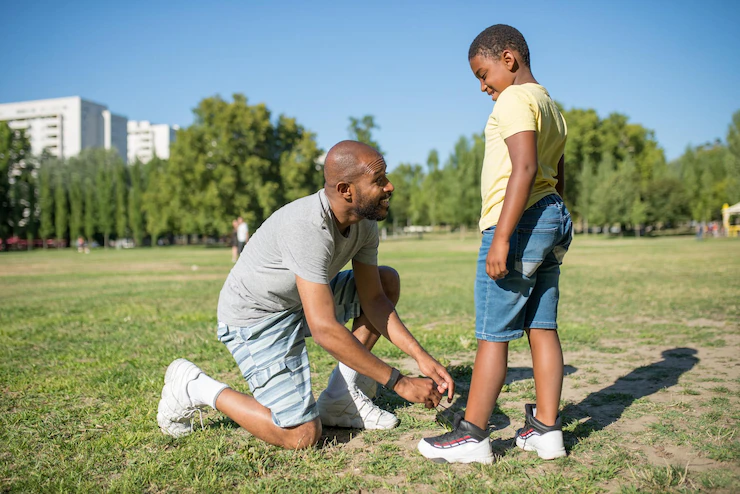Introduction
Preparing for emergency situations is a crucial step in ensuring the safety and well-being of yourself and your loved ones. By establishing a comprehensive safety plan, you can minimize panic, make informed decisions, and respond effectively in times of crisis. Whether it’s a natural disaster, a medical emergency, or a potential threat, having a well-thought-out safety plan in place can make a significant difference. In this article, we will explore essential steps to help you establish a safety plan and know what to do in emergency situations.
- Identify Potential Hazards and Risks
The first step in creating a safety plan is to identify potential hazards and risks in your environment. Assess your surroundings, both inside and outside your home, and identify potential sources of danger. This could include fire hazards, unstable structures, nearby bodies of water, or areas prone to severe weather conditions. Understanding these risks will help you develop appropriate strategies to address them effectively.
- Create an Emergency Contact List
Compile a list of emergency contacts and ensure that every member of your household has access to it. Include phone numbers for local emergency services (police, fire department, ambulance), as well as contact information for family members, neighbors, and close friends. It is also beneficial to include contact details for doctors, insurance providers, and any other relevant professionals. Consider saving this information in multiple formats, including a printed copy, a digital file, and programmed into your mobile devices.
- Develop an Evacuation Plan
In certain emergency situations, you may need to evacuate your home quickly and safely. Create an evacuation plan that outlines primary and alternative routes to exit your home or building. Designate a meeting point outside where everyone should gather after evacuating. Practice the evacuation plan with your family, ensuring that each member understands the escape routes and procedures. Consider any specific needs or mobility limitations within your household and make necessary accommodations.
- Establish a Communication Plan
During emergencies, communication is crucial. Develop a communication plan that outlines how you will stay connected with your family members. Designate a primary contact person outside the immediate area who can serve as a central point of contact. Agree on alternative communication methods, such as text messaging or social media platforms, in case phone lines are unavailable. Teach children how to use emergency apps or devices, and emphasize the importance of staying together or reuniting at a designated safe location.
- Educate Yourself and Your Family
Knowledge is key in emergency situations. Educate yourself and your family members about the potential hazards you may face and the appropriate responses. Take first aid and CPR courses to equip yourself with life-saving skills. Teach children how to dial emergency numbers, recognize danger signs, and perform basic safety measures. Regularly discuss your safety plan as a family and conduct practice drills to ensure everyone knows what to do in different scenarios.
- Prepare an Emergency Kit
Assemble an emergency kit that includes essential supplies to sustain your family during a crisis. This may include non-perishable food items, bottled water, a first aid kit, flashlights, batteries, a battery-operated radio, blankets, extra clothing, personal hygiene products, and any necessary medications. Regularly check and update the emergency kit, ensuring that all items are in good condition and within expiration dates.
- Stay Informed
Keep yourself informed about potential emergencies or disasters in your area. Sign up for local alerts and warnings through text messages or dedicated apps. Monitor local news channels, weather updates, and official websites for relevant information. Being aware of potential risks and staying informed will enable you to take timely action and make informed decisions.
Conclusion
Establishing a safety plan is an essential step in preparing for emergency situations. By identifying potential hazards, creating an emergency contact list, developing evacuation and communication plans, educating yourself and your family, preparing an emergency kit, and staying informed, you can effectively respond to emergencies and protect the well-being of your loved ones. Remember, regularly reviewing and practicing your safety plan will help ensure that everyone knows what to do when faced with unexpected circumstances.










